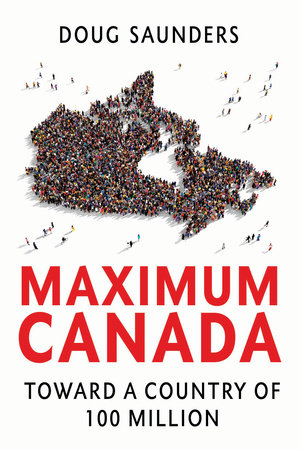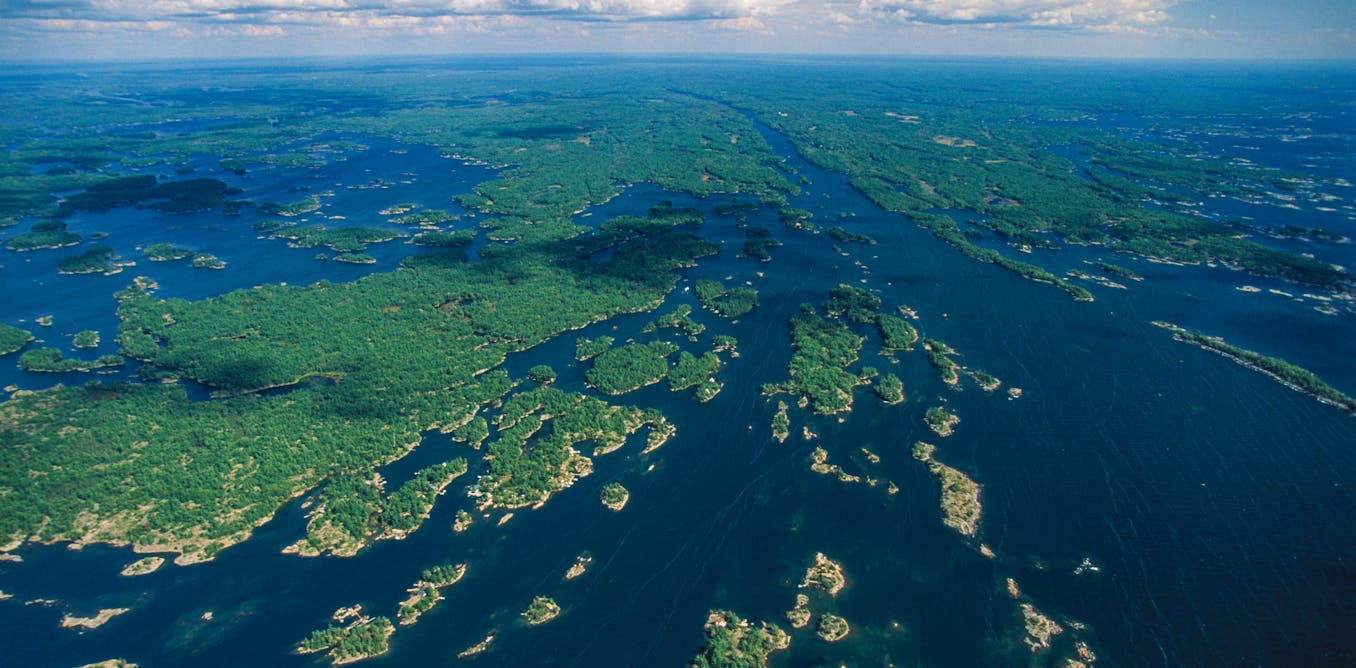View attachment 362557
*********
Now....let's play a game, shall we...........first, let's remove the portion of Canada actually above the tree-line, sitting on permafrost that few people want to or could live on........
That's 40% of of our nominal territory.
So let's adjust the density figure accordingly, shall we?
Population (based on the above), 37M, but territory reduced to 5.9Mkm2; that bumps us to a density of 6.3 per km2
So add these additional countries ahead of us, in terms of greater density:
View attachment 362558
But let's be honest.......we neither can, nor should be build dense cities all the way to Hudson's Bay........we would make 80% of Canadian species extinct, destroy the planet as a whole.........yes, I said that, no, its not hyperbolic......
Oh....and the costs would be astronomical......Building on the Canadian Shield, including roads and transit, is prohibitively expensive........as you might imagine it would be when you frequently need to detonate rock in order to put a road through....
********
Now let's make another observation.............Canada accounts for 9% of all forests on the planet.
But.....its more than that........if temperatures rise, and the permafrost (the world's largest carbon sink) starts to exude carbon.......the temperature's on the planet will skyrocket.
Some fear thawing permafrost is about to release huge amounts of climate-warming emissions

graphics.reuters.com
*****
Now let's ask another question..........how much of that territory is fresh water? Canada alone has 20% of the entire world supply.
Canada has 20 per cent of the world’s freshwater reserves and nine per cent of the world’s renewable freshwater resources. However, there is an urgent need for better freshwater governance in Canada.

theconversation.com
That supply will be materially harmed with urbanization.
Its also a clouding factor on density. Suppose we took Canada down to a more average level of water supply, say 1/2 what we have?
That raises our density to 7.4/per km2
But that assumes you can develop every remaining bit of land.
You can't. That poisons the water and the air, and leaves us with no food.
Its worth noting that Canada represents only 0.5% of global population, but supplies 1.5% of global food.
Notably Wheat, and mustards .
* Canada doesn't supply the largest amounts of seafood and yet multiples species are already going extinct/extirpated in Canadian waters due to over-fishing.










